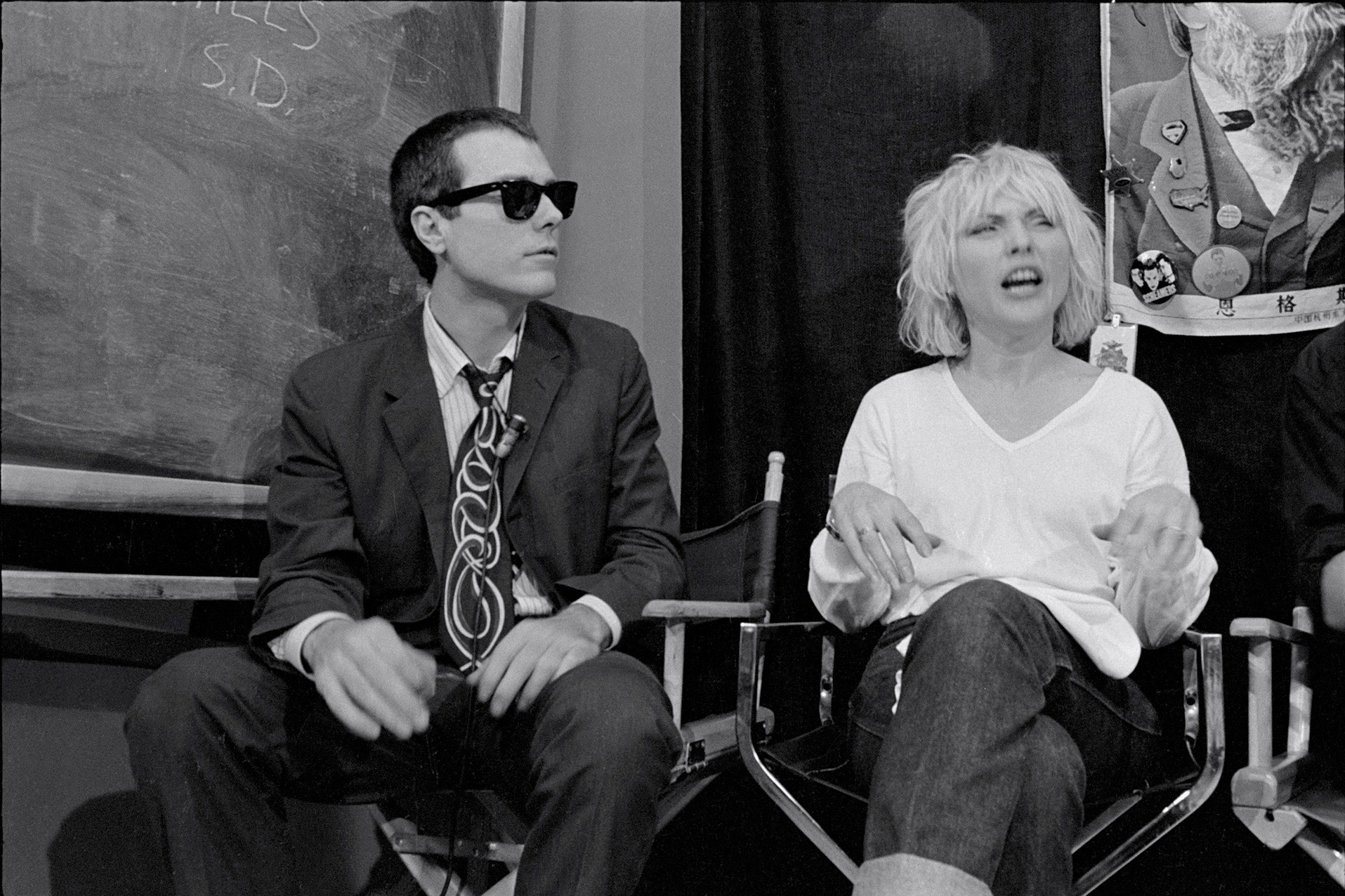In fall 1975, André Leon Talley brought Bobby Grossman to the Factory to meet Andy Warhol. Then an illustration major at the Rhode Island School of Design (RISD), Bobby presented his portfolio to Andy along with the Factory’s formidable power players, including Fred Hughes, Vincent Fremont, and Ronnie Cutrone. “Andy looked through my collages and drawings and suggested I work large, which is difficult for someone without money,” Bobby says, “but I got the message.”
Then fortune struck as Andy picked up the phone and called Lou Reed, who was staying at the Gramercy Park Hotel, to introduce the young art student to the rock and roll icon. Bobby hopped in a taxi and was on his way. “I showed Lou my portfolio, and he liked what he saw because the topic was the New York underground,” he remembers. “I hung out there, and Lou treated me to a sample of the album Coney Island Baby on his boombox. That could have been one of my best moments, and I hadn’t even moved to the city yet!”
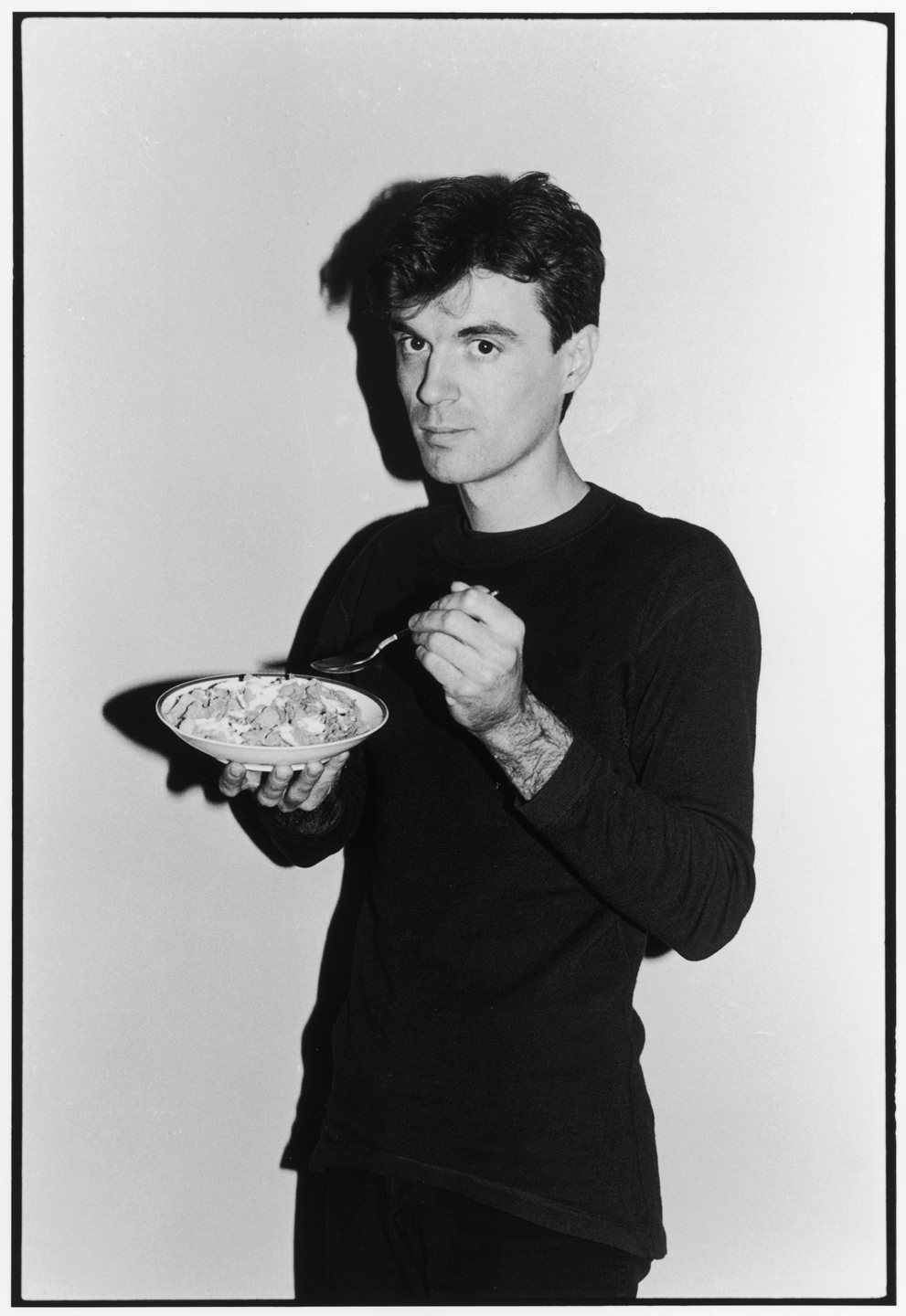
Adopting the role of fairy godfather, André also introduced Bobby to Richard Bernstein, the mastermind behind the iconic covers for Interview magazine — a connection that would flourish after Bobby received his BFA from RISD the following year. Then 22, Bobby arrived in New York just as the US Bicentennial celebrations of the mid-70s kicked off. Tall ships sailed up and down the Hudson River, heralding the nation’s past as a new generation of artists remade the downtown scene.
Bobby got an apartment at the Chelsea Hotel — suite 911 — just across the hall from legendary fashion designer Charles James and composer Virgil Thompson. As it so happened, Richard kept a studio at the Chelsea, and the two would sometimes cross paths. “Richard was a trip. He would walk around the lobby like it was his living room,” Bobby says. “At one point, he asked if I’d like to be his assistant. It was a good job. I’d go down the elevator in the morning to work with him. It was fun to see the process for the Interview covers. Richard would wait until the latest possible moment on Friday afternoons to submit the work so that they couldn’t make any corrections. He always got the last word.”
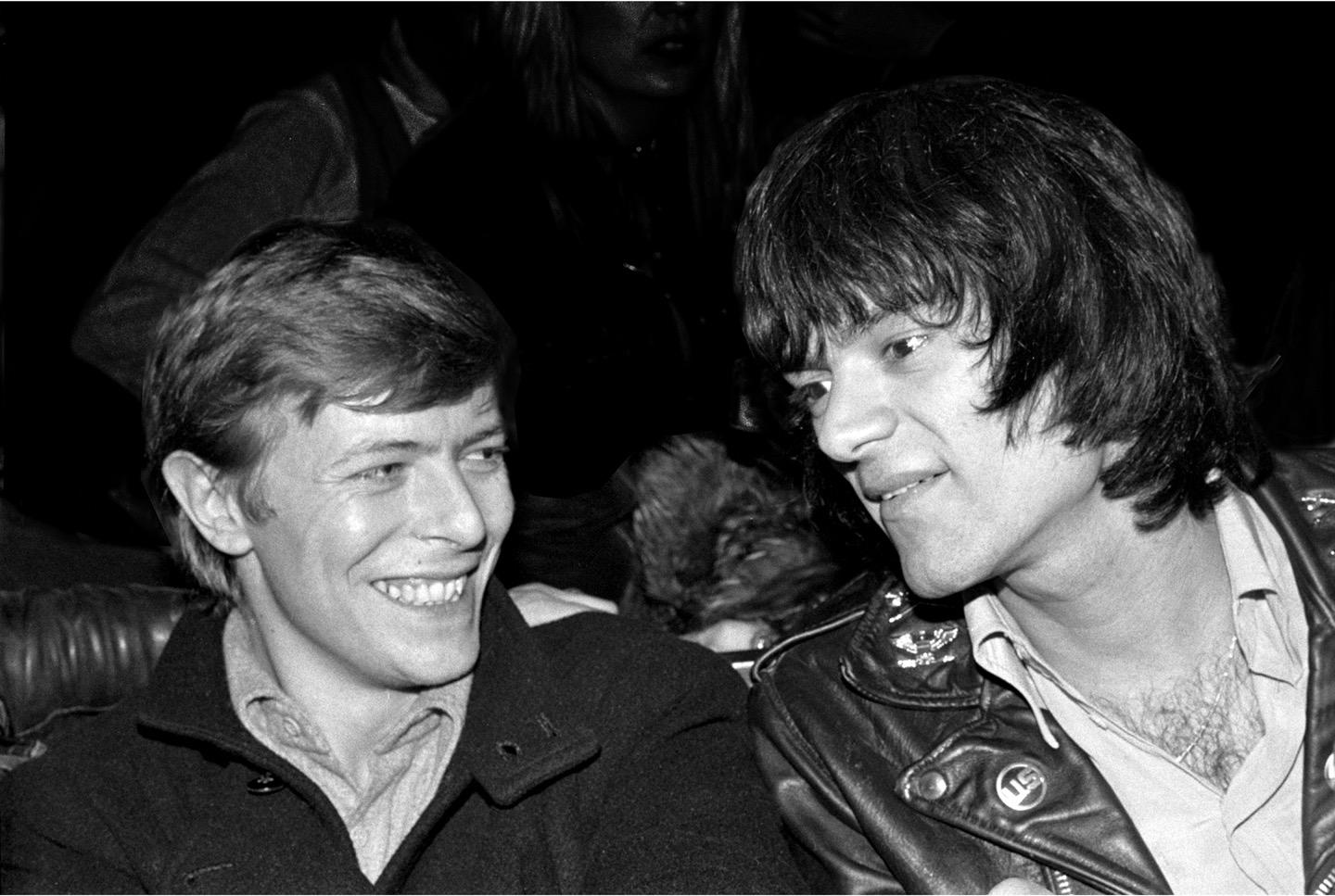
As a new kid in town, Bobby headed down to CBGB — a music club dubbed “the birthplace of punk” — at the invitation of some friends from RISD, who just happened to be Talking Heads band members David Byrne and Chris Frantz, to check out early shows by Blondie, Patti Smith, and Television. Inspired by the DIY ethos of the time, Bobby picked up a small point-and-shoot camera and started photographing the burgeoning scene. A new exhibition and book, Low Fidelity: Downtown New York 1974–1984, brings together the most important works from Bobby’s archive including portraits of artists, musicians, and luminaries like Jean-Michel Basquiat, Debbie Harry, Grace Jones, Fab 5 Freddy, John Waters, and Iggy Pop.
“I was going to the clubs at night and hitting the pavements with my portfolio by day, getting jobs here and there — but going out and having fun seemed more important to me,” he says. “I was in the right place at the right time. People from all around the world were visiting New York because there was something going on. It might have been the biggest art movement in decades. Whether you were a painter, poet, writer, filmmaker, everybody collected together at the clubs, galleries, and restaurants. Every young generation thinks they own the city, and at that point we felt we did. The world was ours.”
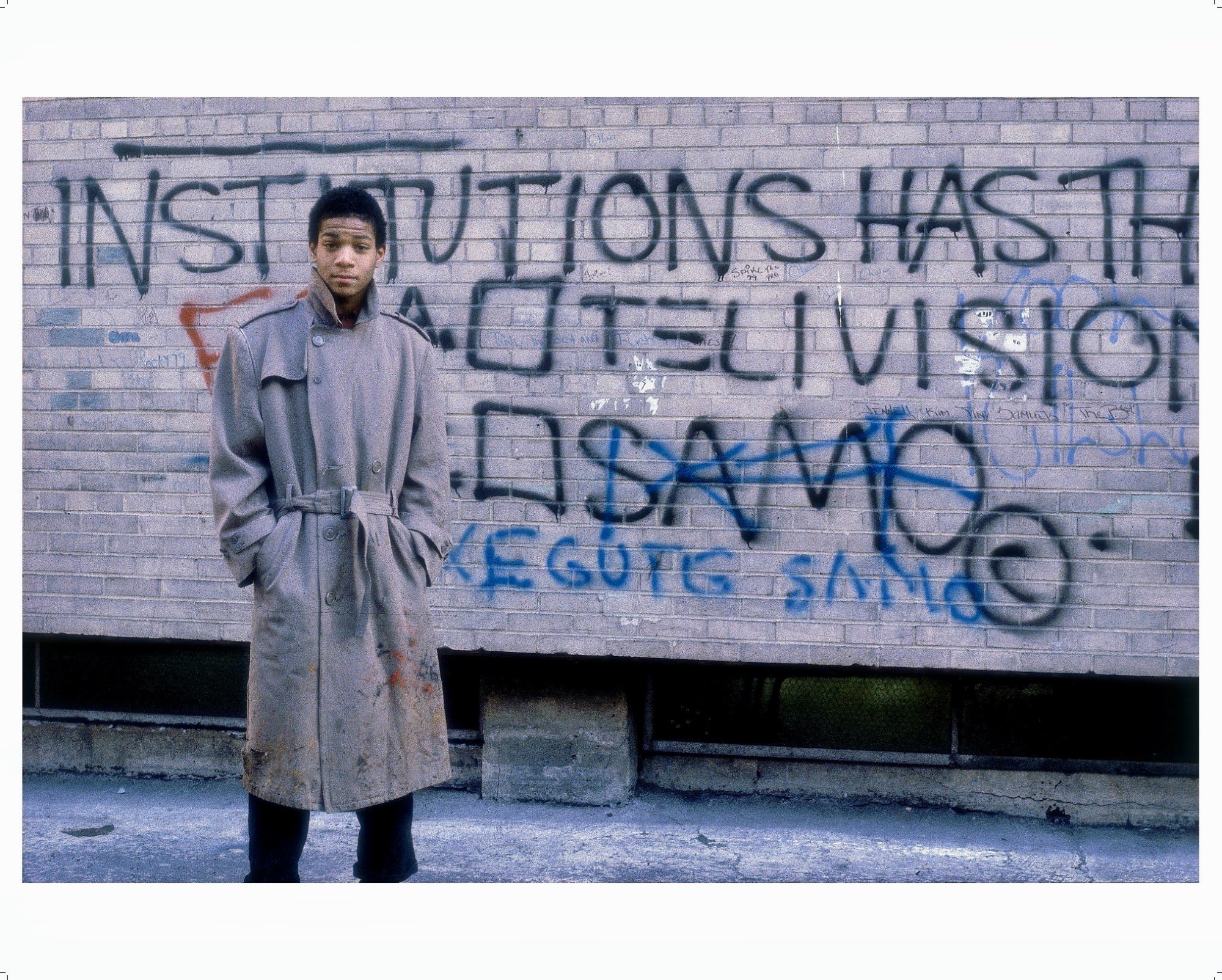
Bobby quickly became a fixture on the downtown scene, documenting the radical punk and No Wave scenes of the 1970s and early 80s. “[Bobby] was more than a fly on the wall, he was a fly in the ointment, right in the middle of where the action was,” downtown icon Glenn O’Brien wrote. “He shot so much film that people asked if there was really film in the camera. I think Bobby’s pictures have a very special intimacy about them because he was one of the gang. He was in the car, on the stage, under the table. Some people played guitars, some sang. Bobby took pictures. But he was 100% punk.”
Bobby cemented his place in New York’s cultural history as the “unofficial official photographer” for Glenn O’Brien’s TV Party, the groundbreaking public access show that David Letterman once described as “…the greatest TV show anywhere, ever!” Billed as a “television show that’s a cocktail party but also a political party, TV Party premiered in December 1978 and was broadcast live Tuesday nights for an hour at half midnight. Riffing on the beloved mid-century trope of the variety show, TV Party collapsed the wall between guests and studio audience by melding them as one and the same. With musician Walter Steding as co-host, film director Amos Poe manning the camera, and Jean-Michel adding words that appeared at the bottom of the screen, TV Party was a madcap Dada assemblage at the dawn of cable television.
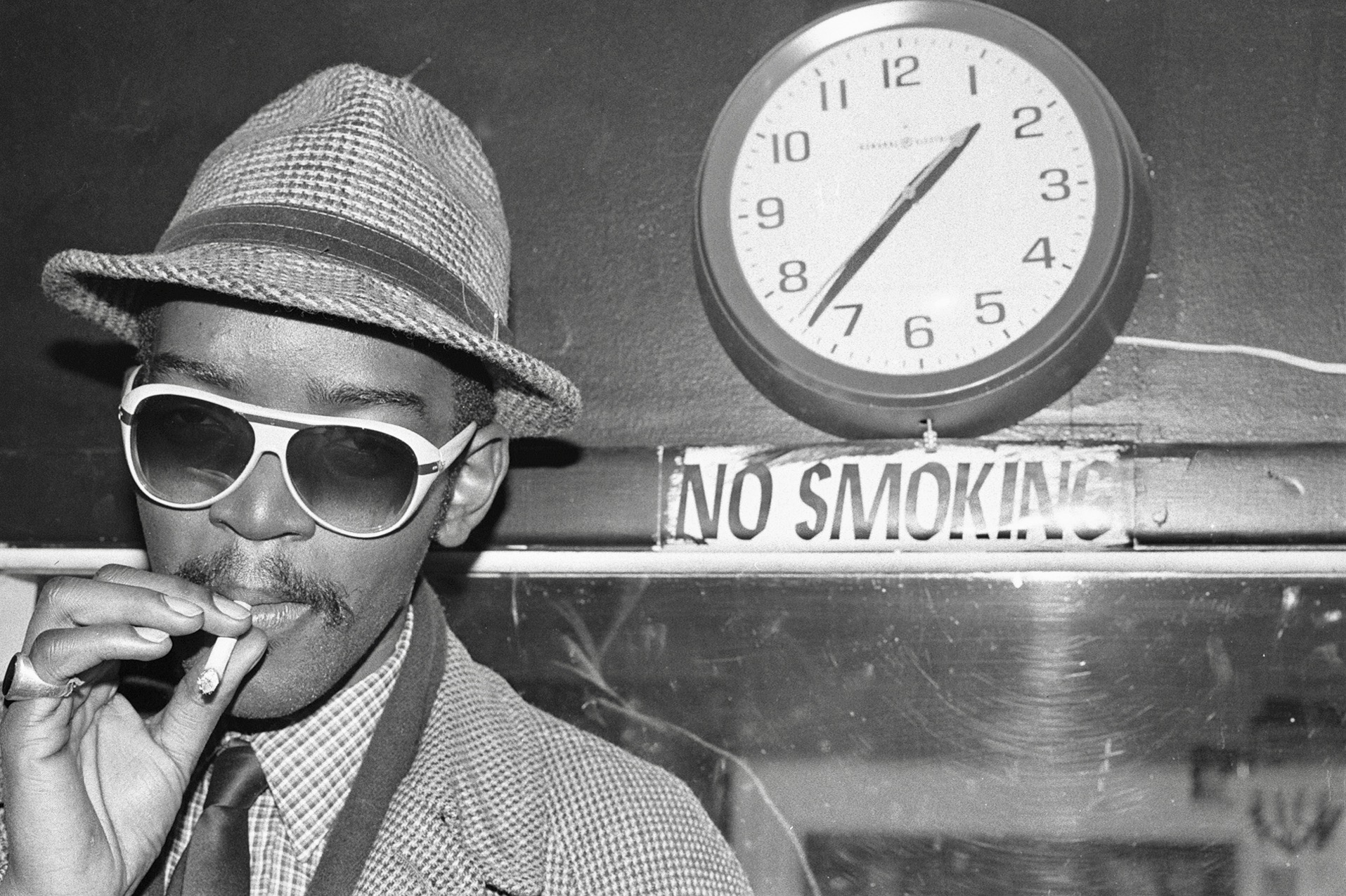
“Cable TV has made it possible for local alternatives to the standards of national programming,” Glenn wrote in the TV Party Manifesto, published in the first issue of Bomb magazine in 1981. “Recognizing the inherent POLITICAL POWER of all television programming, TV PARTY is the personal relationships, personalities conspiring for fun. We take it from there. THE PARTY serves as an accelerator and coordinator of interpersonal relationships, and as a model for larger SOCIALISM begins with GOING OUT EVERY NIGHT. TV PARTY will campaign for putting all important government processes on TV…. We can change the government simply by CHANGING THE CHANNEL.”
TV Party was a ray of hope at the dawn of the Reagan years. Recognizing the power of DIY media to subvert the status quo through its own apparatus, the show ushered in a new era of independent cultural production. “Glenn had been on a public access show with [porn star] Robin Byrd, and that’s when he got the idea he wanted to do a show of his own,” says Bobby, who got the gig as photographer simply by showing up every week. “We would meet at the Blarney Stone on 23rd Street to discuss ideas and themes for shows. Everybody downtown wanted to be in the audience, so that was a lot of fun. I would sit on the floor, take pictures, and try to stay out of the way.”
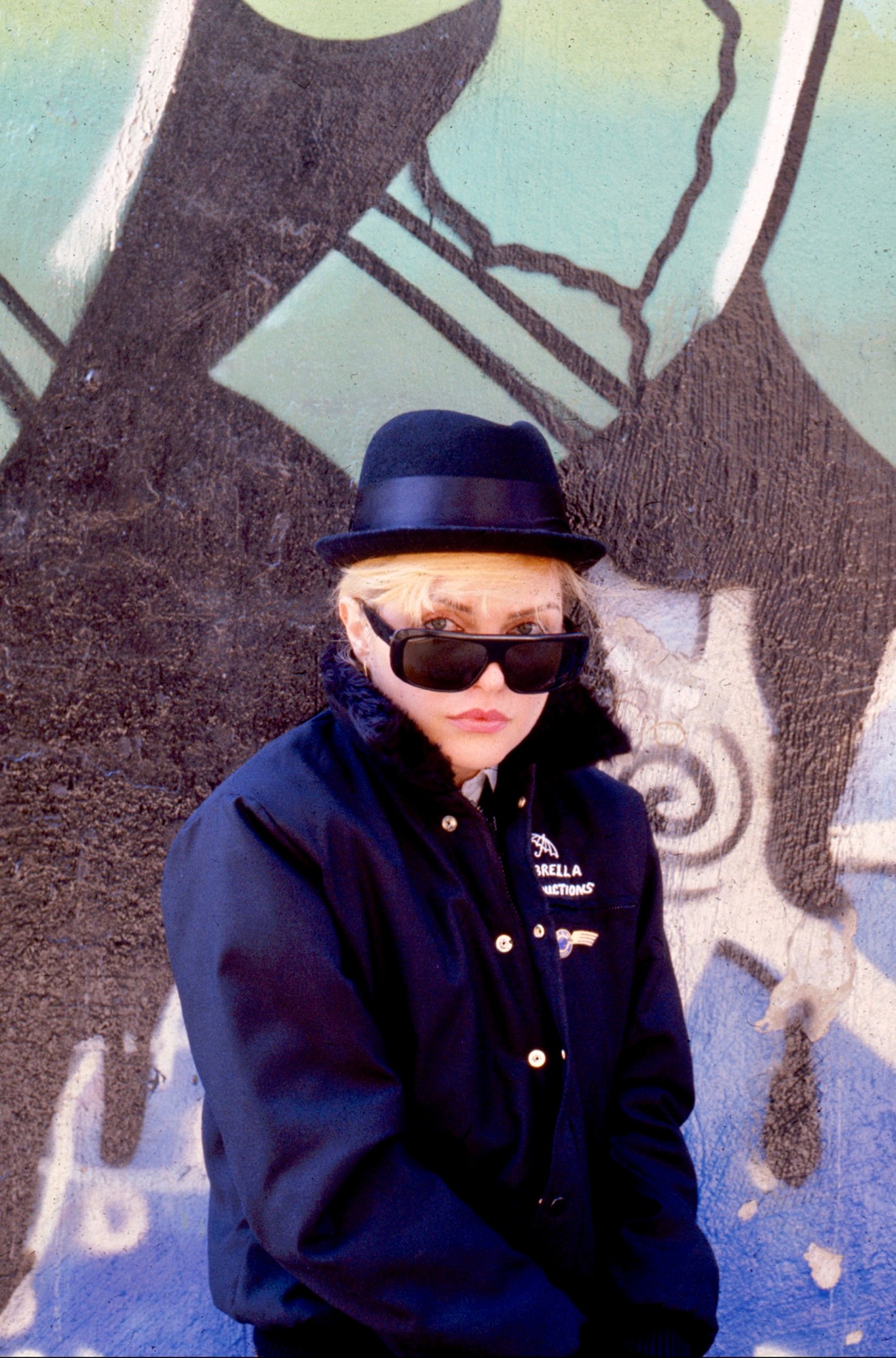
Bobby’s photographs, created for the sole purpose of documenting the scene, preserve a vital chapter of New York’s cultural history that continues to resonate four decades after they were made. “Glenn once said I didn’t know what I was going to do with the photos since I wasn’t on assignment, but I knew they were important,” Bobby says. “I was standing in the shadows of The Outsiders.”
‘Bobby Grossman: Low Fidelity – Downtown New York 1974–1984’ is on view at Howl! Arts in New York through 29 May, 2022. The book is now on Kickstarter through 1 June, 2022.
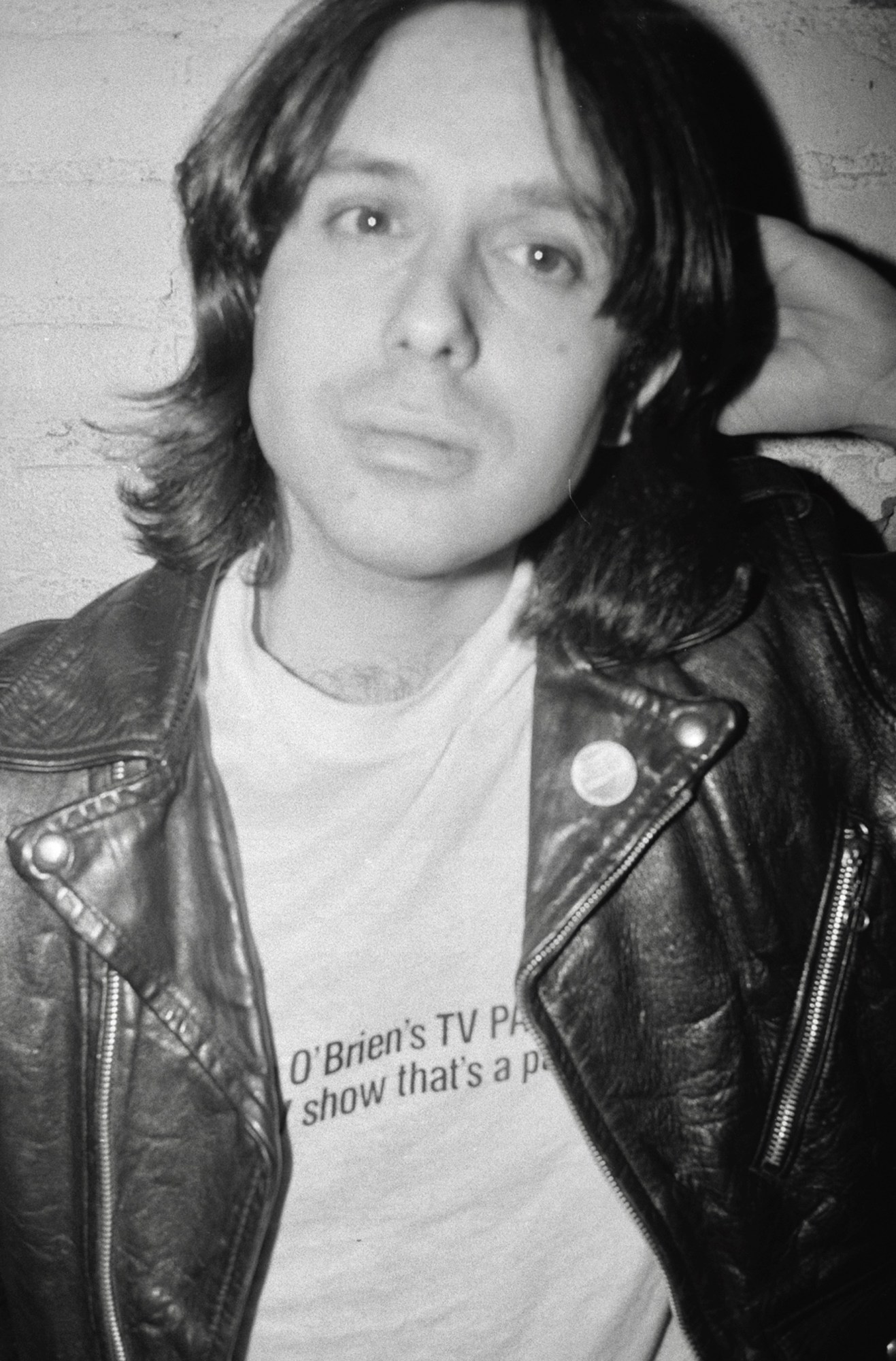

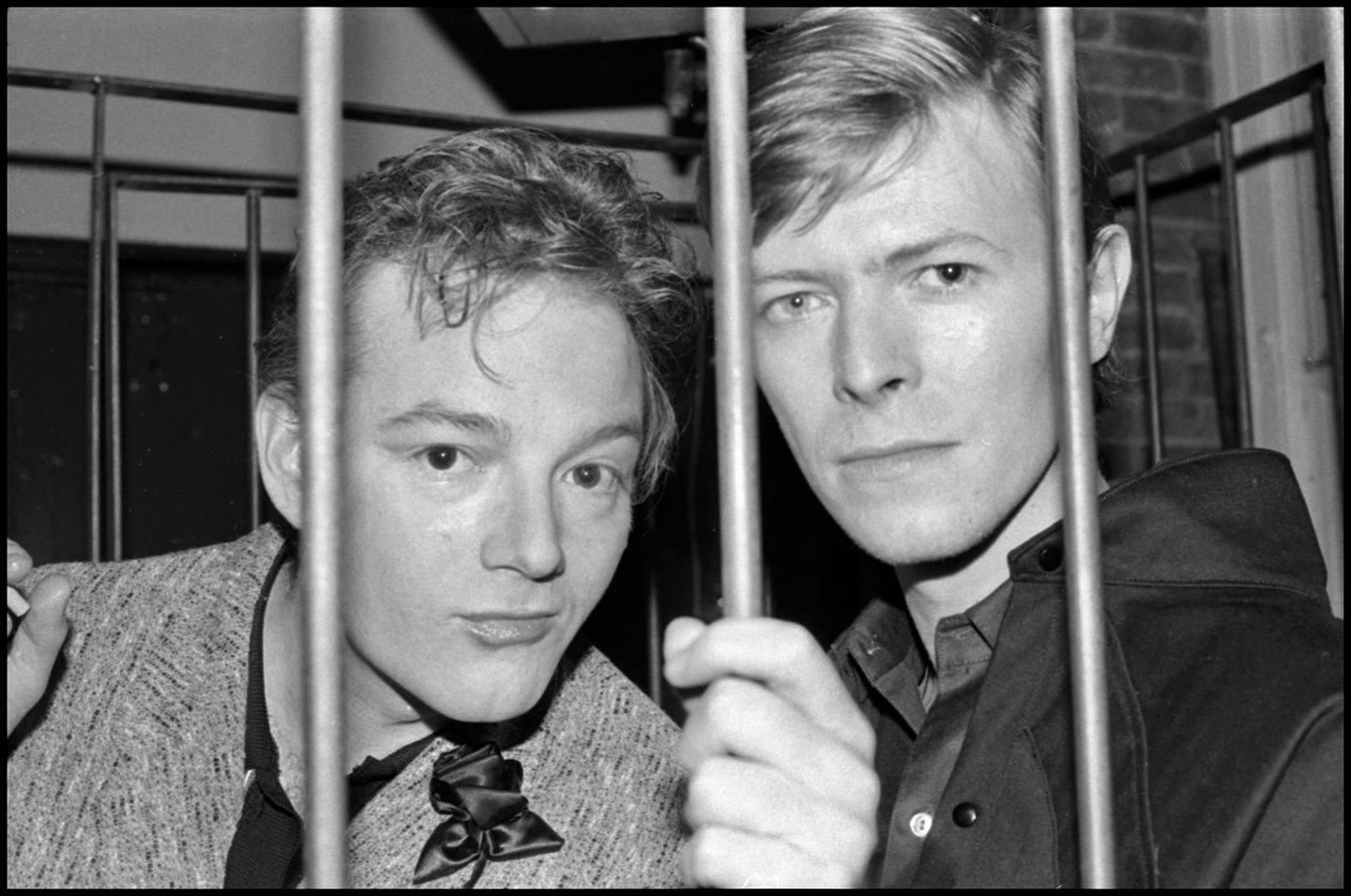
Credits
All images courtesy Bobby Grossman
